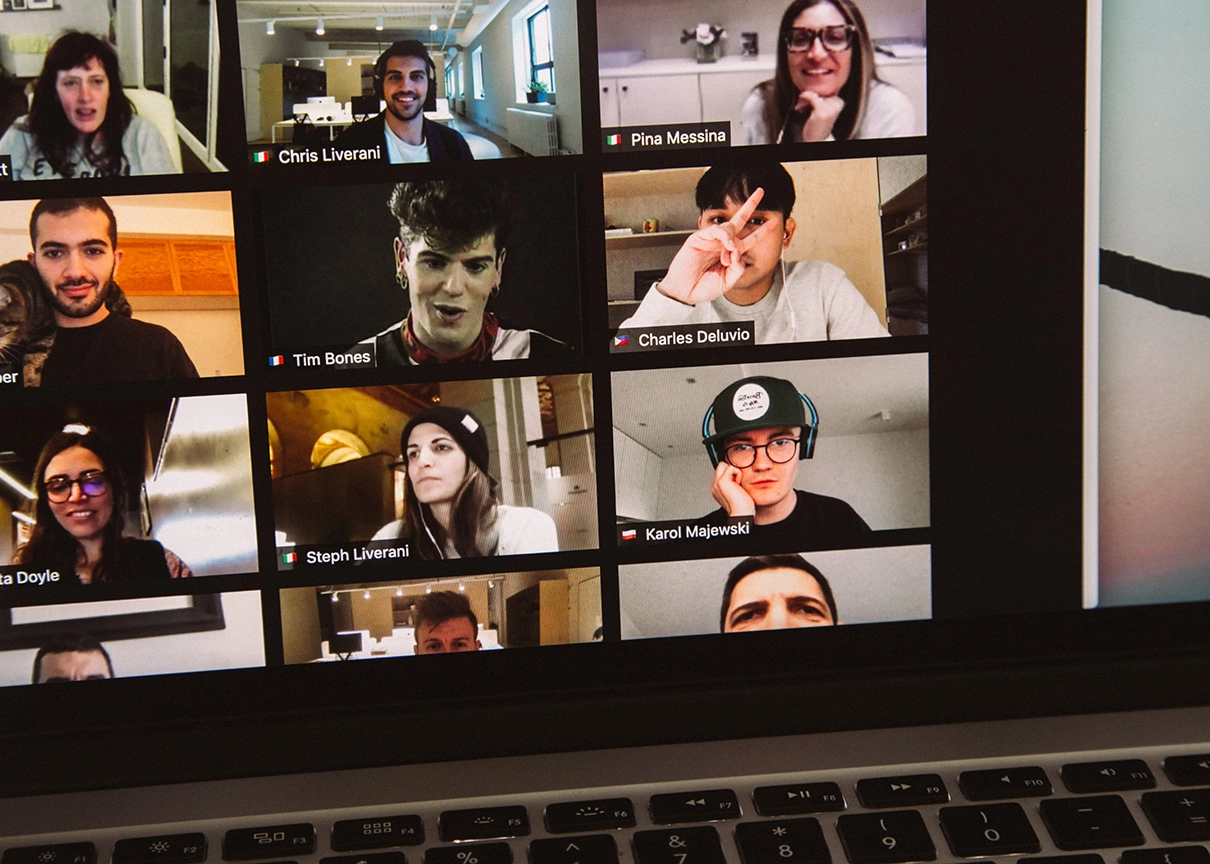3 tips to successfully integrate freelance and on-demand talent into your workforce in 2021
Written by Terry Rice – Photo by Charles Deluvio
The global workforce structure was forever changed in 2020 as companies scrambled to set up remote teams that could collaborate from home. The switch was abrupt and, in some cases, overwhelming. As we approach the one-year mark and begin our retrospectives on how work has changed, we see indicators of more companies starting to embrace a long-term strategy that supports remote, flexible, freelance, and on-demand work.
Today, many companies are considering hybrid arrangements, such as half of their workforce commuting to offices while the other half works remotely. Many leaders are considering the potential of a more decentralized workforce that leverages high-skill on-demand talent to accelerate speed-to-market, unlock significant opportunities, or tackle the ever-present backlog of work. That’s why freelancers are in more demand than ever before: 47% of hiring managers are likely to hire an independent professional since COVID-19.
Businesses can see the value in flexible talent in various situations, especially given the ‘fast-pivoting’ that is expected of so many brands today. But can working with an independent workforce while integrating it into a team of employees come with challenges?
Here are 3 tips for managers to segue into the future of work leveraging the knowledge base of high-skilled, on-demand talent.
- Emphasize value potential internally: Not all managers and leaders are going to be familiar with the emerging world of high-skill and specialized freelancing talent. Without a full understanding of the skills available in the gig economy, leaders looking to use new talent solutions may experience pushback. Work internally to educate decision-makers on why seeking non-traditional talent sources will make their work more impactful – and more manageable. Help managers see the ways in which individual freelancers can work as an extension of their teams, allowing teams to be more effective and agile. Access to a broader selection of skills drives big value for new and existing workstreams. Not to mention, freelancers are often specialized with very niche skills, which means using 10-12 freelancers can be more efficient than hiring four or five new employees.
- Embrace transparency: Don’t be afraid to break down the divide between freelance talent and your full-time team. Share your company mission, vision, core values, and objectives and key results with your entire workforce—start building relationships as trusted partners on day one. In addition to clearly defined roles and responsibilities, this act of transparency will lead to an empowered and cohesive team able to move proactively and independently to achieve business results. At Lions + Tigers, this is a part of what we refer to as “nurturing intentional community.”
- Find a trusted partner for your unique needs: There are more ways than ever before to tap into the on-demand and freelance talent market. The volume of on-demand talent grows each day from graphic design or coding to HR admin and accounting. Countless digital platforms and online marketplaces offer different models to acquire freelance skills and services. To help ensure your freelance talent integrates effectively with your full-time employees, you will want to vet your talent partners thoroughly. Find an organization aligned to your core values and embracing of your mission. Identify places where you have shared commitments such as diversity and inclusion, remote-first, or early adoption of new technology solutions. Finally, look for a talent partner with a demonstrated track record of successfully sourcing and placing talent with the skill sets that you need.
The future of work will be characterized by rapid digital transformation, decentralized talent models, and a greater emphasis on workforce flexibility. Organizations with workforce roadmaps that include on-demand and freelance talent will be well prepared to capitalize on the immense skills available during this current talent revolution. And high-knowledge individuals valuing impact over hours may just find a new niche or opportunity to thrive in the on-demand workforce markets.
 Terry Rice is the Executive Vice President of People and Operations at Lions & Tigers and an advocate for inclusive future-of-work practices. He is a builder and innovator with a background in a wide range of industries, including cruise ships, tech startups, and even a stint with a local circus company. In his current role at Lions & Tigers, Terry leads People Care and Development, Talent Acquisition, Diversity and Inclusion, and Internal Operations. Like most of us at Lions & Tigers, he also spends time with our clients consulting on process development, change management, and tech solutions for scale.
Terry Rice is the Executive Vice President of People and Operations at Lions & Tigers and an advocate for inclusive future-of-work practices. He is a builder and innovator with a background in a wide range of industries, including cruise ships, tech startups, and even a stint with a local circus company. In his current role at Lions & Tigers, Terry leads People Care and Development, Talent Acquisition, Diversity and Inclusion, and Internal Operations. Like most of us at Lions & Tigers, he also spends time with our clients consulting on process development, change management, and tech solutions for scale.








0 Comments